Can my cart switch directly to lithium?
Still Using Lead-Acid Batteries? 7 Reasons to Upgrade Your Golf Cart to Lithium
1. Introduction: Why Is Everyone Talking About Lithium Batteries?

2.How Golf Cart Use Has Changed
3.Lithium vs. Lead-Acid: A Side-by-Side Comparison
| Feature | Lithium Battery | Lead-Acid Battery |
|---|---|---|
| Cycle Life | 4,000+ cycles | 300–500 cycles |
| Weight | Up to 50% lighter | Heavy, adds strain to vehicle |
| Usable Capacity | 80–90% | About 50% |
| Voltage Stability | Minimal voltage fluctuation during discharge | Voltage drops sharply |
| Charging Speed | Fast charging | Slow charging |
| Maintenance | Nearly zero | Needs water checks & cleaning |
| Installation | Compact and drop-in ready | Bulky, limited fit |
4. The Real Value of Lithium: It’s About the Experience


5. How to Choose the Right Lithium Battery




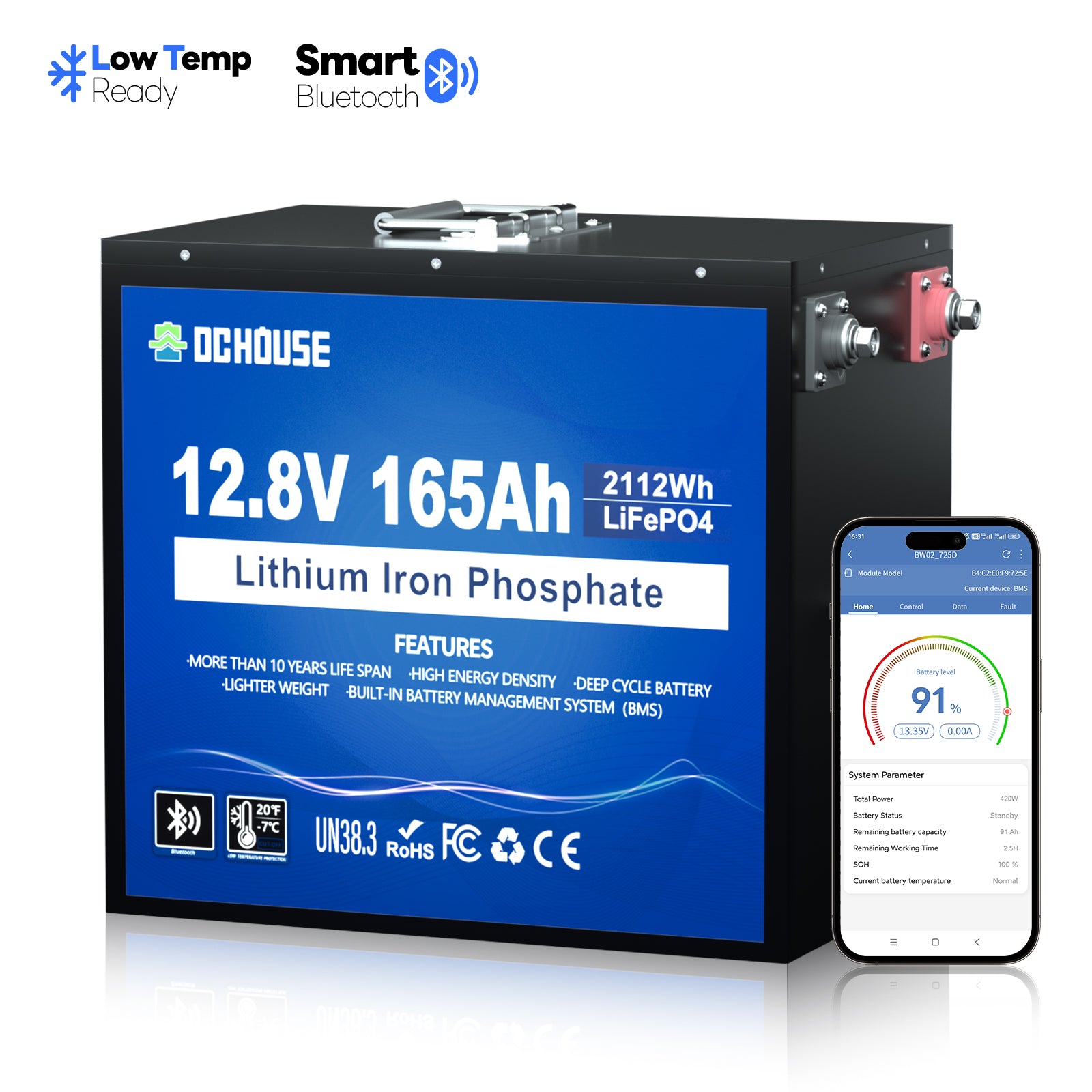

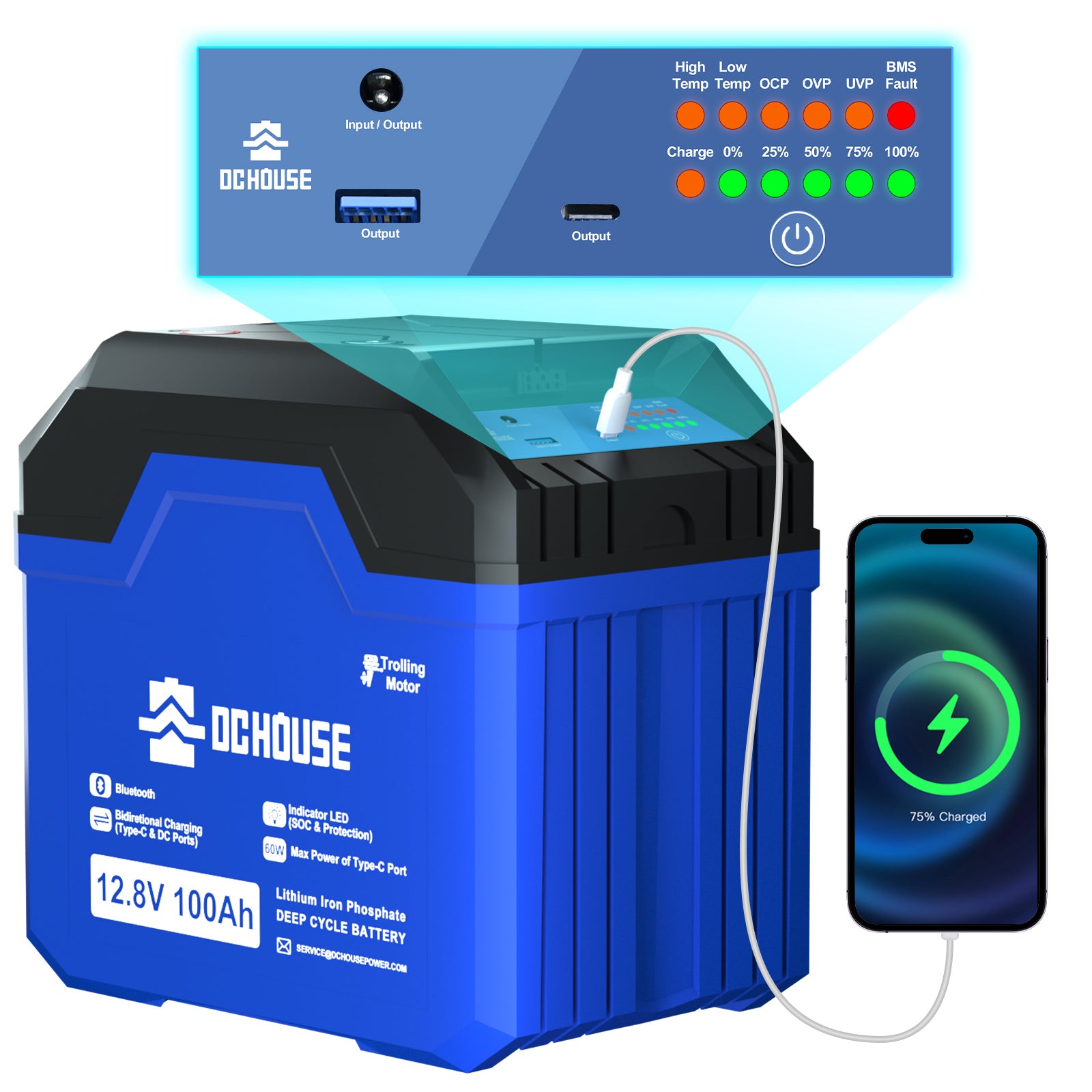
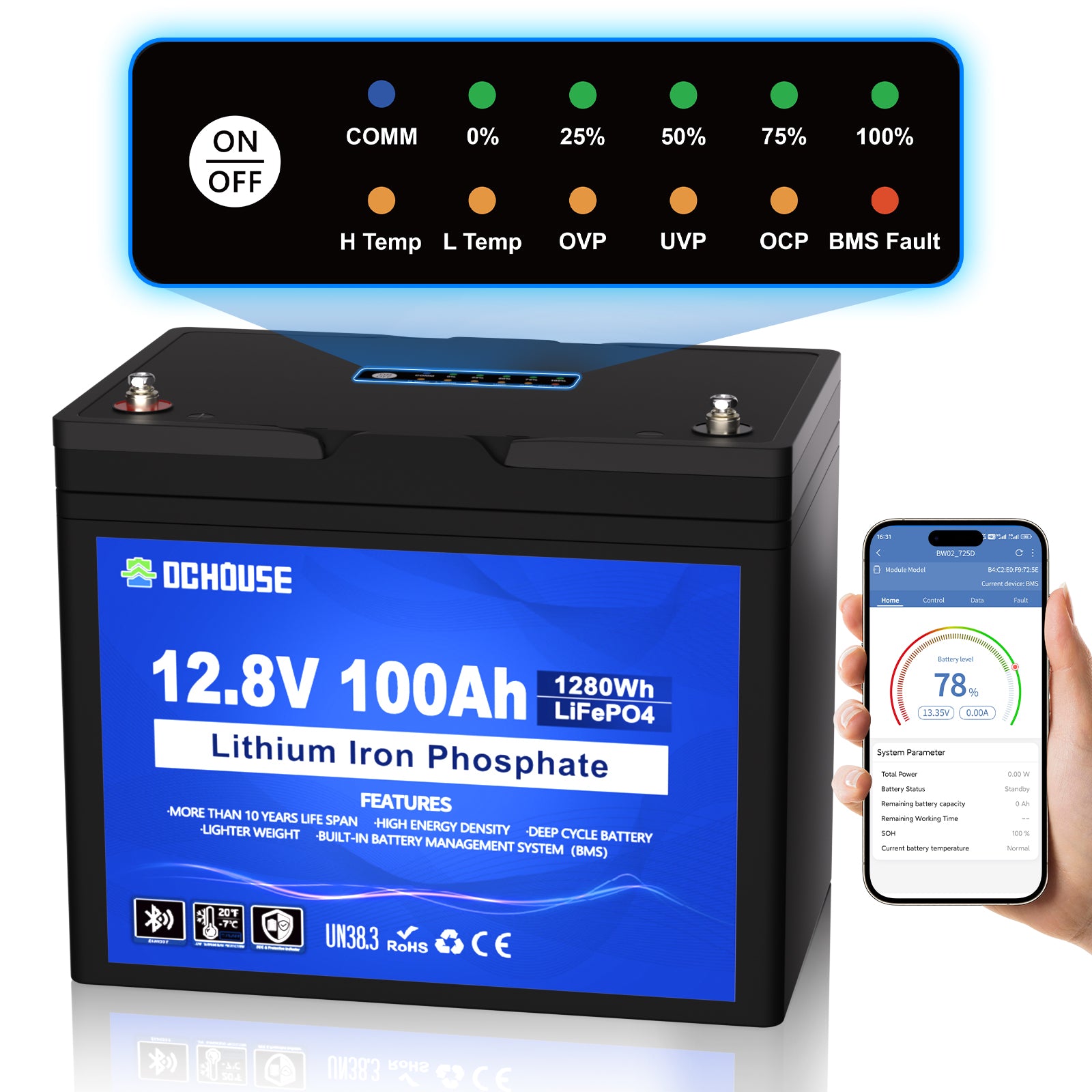
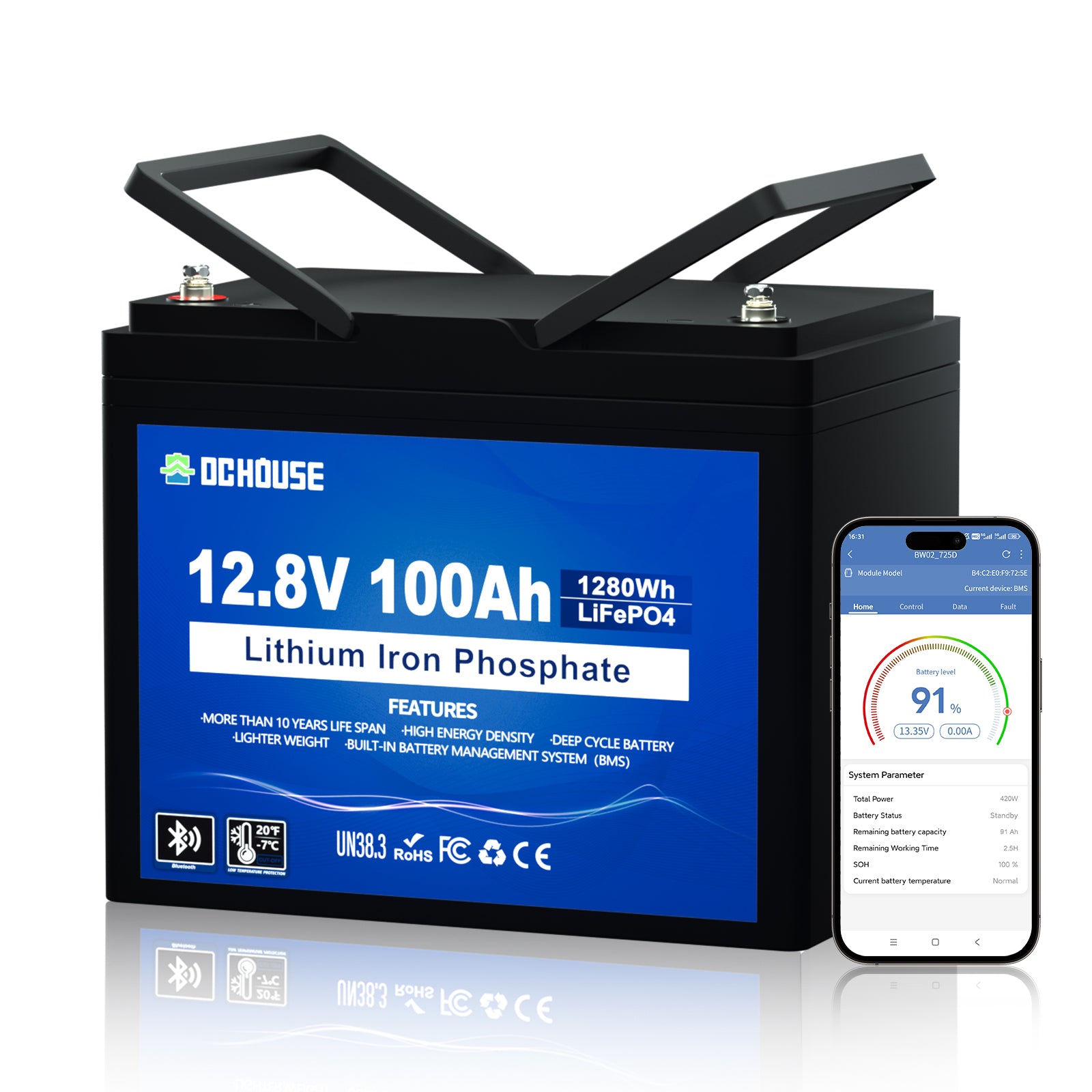


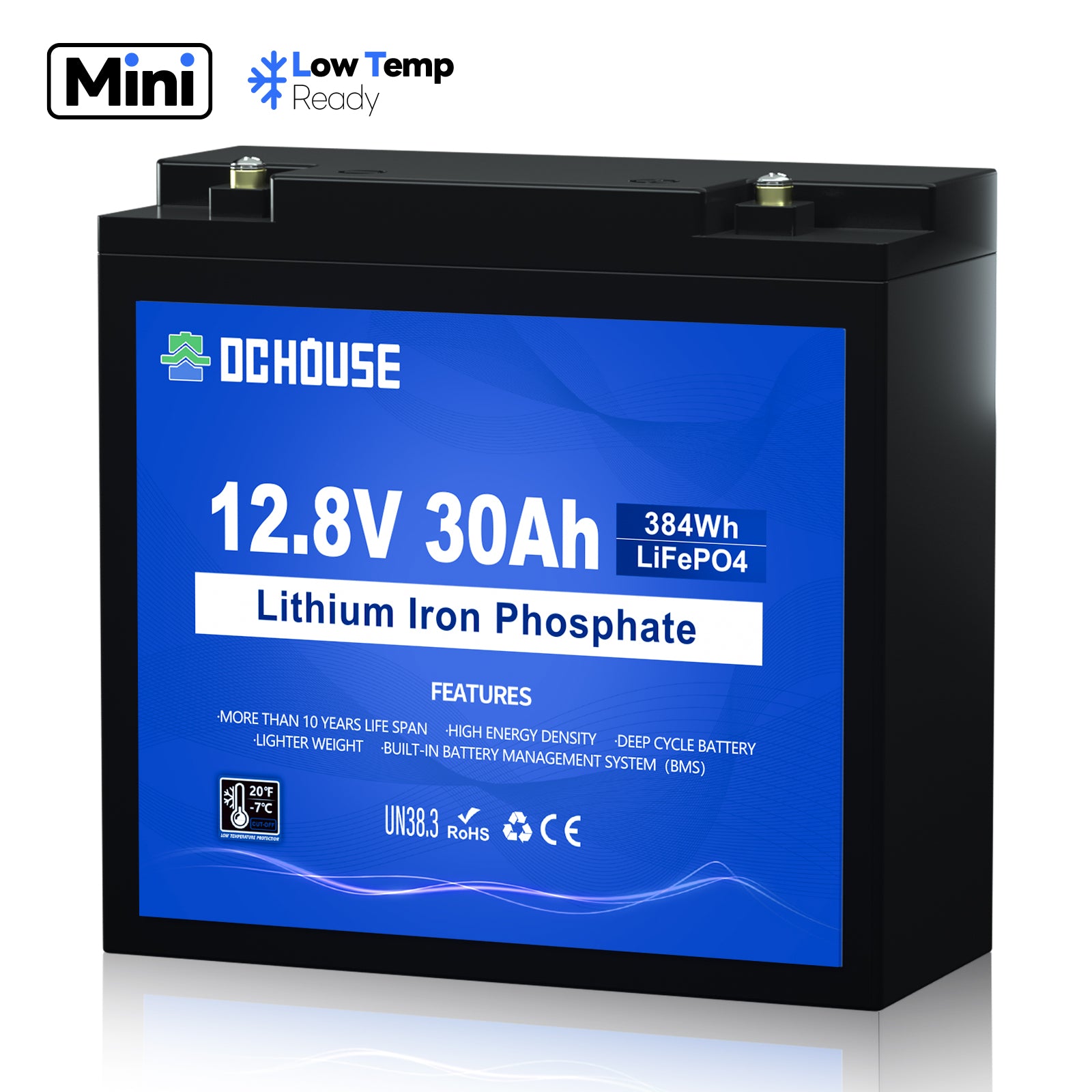
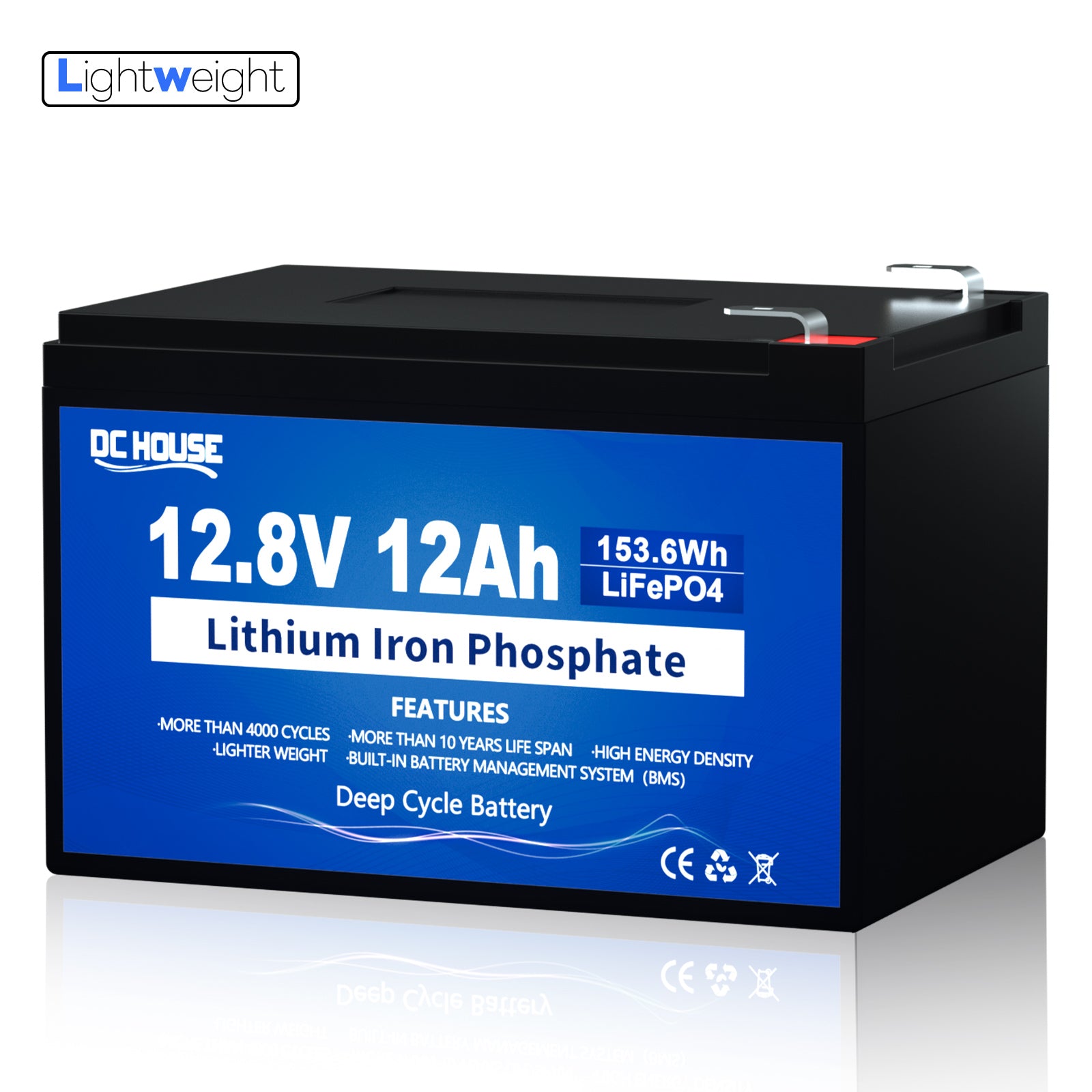


 UK
UK
 DE
DE
 FR
FR
 CA
CA